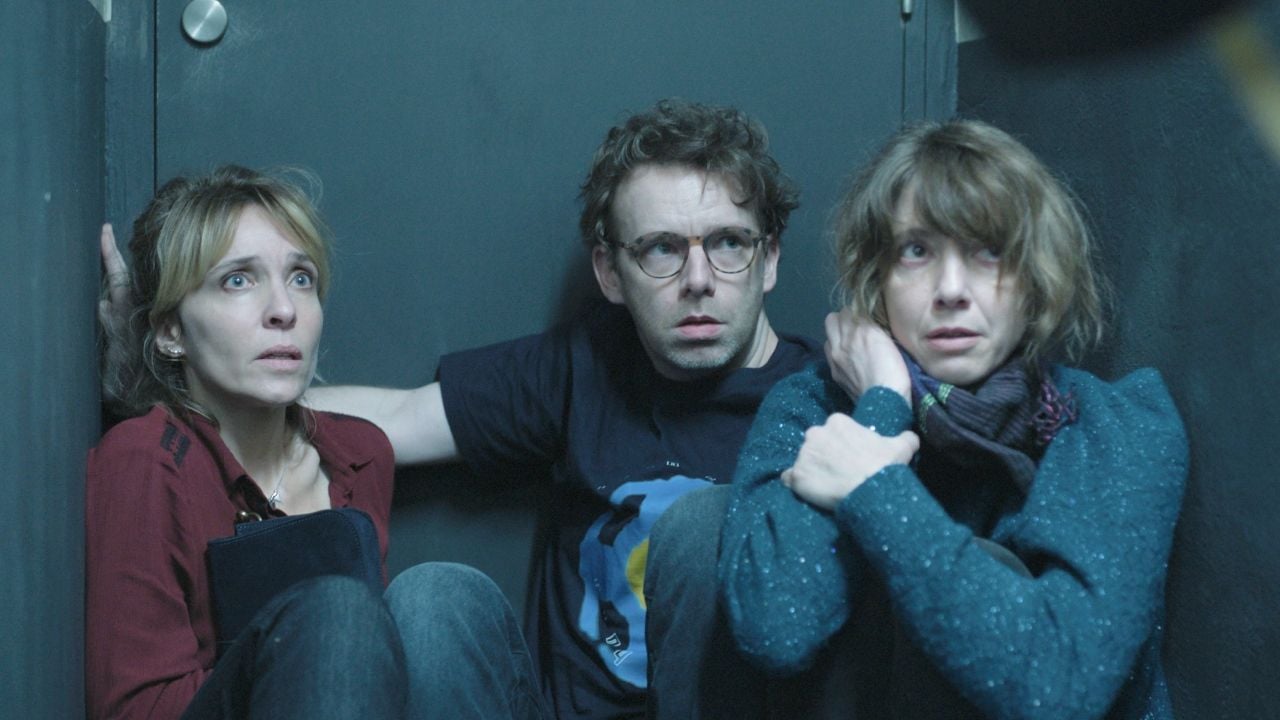The work brings together 12 articles signed by 32 authors from academic and research institutions in the North, North-East and South-East regions of the country.
In the value chain of coveted fish pirarucuone of the natural riches of the Amazon50% of the profits come from slaughterhouses, 35% from intermediaries and only 15% from fishermen. In Brazil nuts, 79% of the financial results go to the processing industry and only 11% to forest communities.
Although the bioeconomy represents the great hope for combating climate change through the preservation of forests and their native populations, in the market for nature-related products “an inclusive development model is still missing in the North”, as the numbers above show. quoted in the recently published book Bioeconomy for whom? – Foundations for sustainable development of the Amazon.
“To put it even more clearly, they are the coastal peoples, contradictory without fences or barriers, largely excluded and poorly paid,” say the organizers of the publication, Adalberto Luis Val, researcher at the National Institute of Amazonian Research (Inpa), and Jacques Marcovitch, former dean of the University of São Paulo (USP), in the introduction.
The research on production chains and inclusive bioeconomy, summarized in the book, was developed within two research projects supported by Fapesp, both coordinated by Marcovitch. The study also has the support of the National Council for Scientific and Technological Development (CNPq).
“The good quality of the region’s native fruits and fish is not questioned in its pages. For example, Amazonian cocoa is more authentic and capable of conquering the so-called specialty markets. The flavor and texture of its chocolate derivatives are undeniable. What is discussed, for example, is the business model, economic management or agricultural practices,” adds Marcovitch.
According to him, it is enough to say that all the essays on the value chain published in the book, after a long and in-depth analysis, present a framework in which priorities, actions to avoid risks and metrics to be achieved are aligned.
Contaminated Rivers and Organized Crime
Asked if it is possible to list the main obstacles to the growth of an inclusive bioeconomy in the Amazon, the professor cited the contamination of rivers by mercury from mining and violence in the region as some of the serious “unresolved” issues.
Every day, he says, millions of riverside residents eat mercury-contaminated fish used in illegal mining and even in permitted artisanal mining.
And the antidote could come from the forest. In search of a solution, Embrapa, Fiocruz and some universities are studying the effects of bioextracts from the “pau de balsa” tree, with the aim of establishing a technology on a scale capable of neutralizing this poison. “It is known that in Sweden a technology has been developed in which an electrode attracts heavy metals (Mercury) and purifies the waters,” he said.
“Another challenging bottleneck is public insecurity caused by the action of organized crime. Bottlenecks to be monitored with more accurate data on demographics, work, production and living conditions, traceability for health purposes and access to benefits by producers”, adds Marcovicth.
According to the main authors, “the complexity of its development model, accentuated by its vast territory, requires results that go well beyond zero deforestation and adaptations to climate change. Public and food insecurity, fires, not always fair trade of native fruits or fish and poor health: these are some factors, among dozens of others, that distance the coastal populations even from an average standard of well-being”.
A question of citizenship
Speaking of deforestation, the authors of the chapter “Bioeconomy and Amazonian Citizenship”, researchers Olivia Zerbini, Patrícia Pinho, Ariane Rodrigues and Paulo Moutinho, recall the damage it has caused to the planet and the population in general, citing that the legal Amazon has already lost more than 80 million hectares of forest.
According to them, “deforestation is one of the main causes of Brazil’s greenhouse gas emissions and, consequently, global warming, placing the country among the five largest global emitters.”
The researchers also point out that illegal economic activities associated with deforestation and forest degradation reduce the quality of life and the rate of social progress in the Amazon region, increase rural conflicts and violence, especially against traditional communities, small producers and indigenous peoples. They also affect “the provision of ecosystem services, resulting in instability of rainfall patterns, reduction of biodiversity, threat to food security”.
“A book with this content is very welcome in the context of the Amazon+10 Program (…) The logic that we are all looking for, to stop deforestation, is precisely that of valorizing the activities of communities and traditional populations compatible with the existing forest”, write in the “Presentation” Carlos Américo Pacheco, director-president of Fapesp, and Márcia Perales Mendes da Silva, president of the Amazonas Research Support Foundation (Fapeam), two of the institutions that are part of the initiative led by the National Council of Research Support Foundations (Confap).
Service
The book Bioeconomy for whom? Basis for sustainable development in the Amazona was published by Com Arte, publisher of the publishing course workshop at the School of Communications and Arts (ECA) of USP, and was supported by USP, Inpa, UFPA and Peabiru Institute. The complete book is available at this connection.
Source: Terra
Rose James is a Gossipify movie and series reviewer known for her in-depth analysis and unique perspective on the latest releases. With a background in film studies, she provides engaging and informative reviews, and keeps readers up to date with industry trends and emerging talents.






